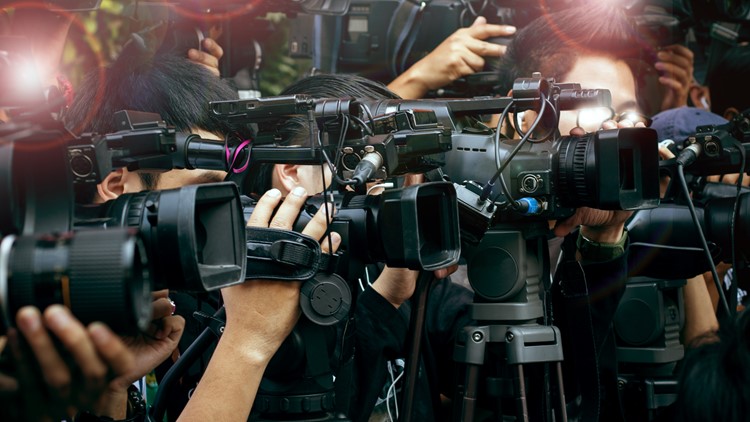CALIFORNIA, USA — Sacramento community activist Leia Schenk walked ABC10 through her initial thoughts when she saw the national headlines that 22-year-old Gabby Petito was missing
"I thought she had to be an elected official’s child, she has to be a celebrity of some sort, she has to be somebody for the news to have this type of attention on her," Schenk said.
When Schenk discovered that was not the case, she says she immediately thought of the people of color that are missing and never get looked for.
"As Black women, we know that we aren’t protected in any entities in any realm, so we know that, if we go missing,... it depends on our community to find us," Schenk said.
Late PBS Anchor Gwen Ifill coined the term “missing White woman syndrome,” describing the media’s overrepresentation or focus on white women and girls when they go missing.
Danielle Slakoff is an Assistant Professor of Criminal Justice at Sacramento State University and co-author of a study on the "missing white woman syndrome." Slakoff looked at 11 US news outlets and their four years worth of stories on missing women and girls
"In that paper, we found white missing women and girls received more initial coverage, and they received more repeated coverage than Black missing women and girls," Slakoff said.
In another study in October 2020, Slakoff looked at White, Black and Latina women that are victims in the media. Slakoff studied seven different US newspapers including the New York Times, the LA Times and The Chicago Tribune.
"Specifically, we find that Black and Latina women are portrayed less favorably, so they are portrayed as risk-taking, for example, at the time that the crime occurred. On the flip side with the White victim, we see descriptions of them being good -- 'Good people' -- so very different portrayals of them," Slakoff said.
Criminologist Zach Sommers published a study on "missing White woman syndrome" in 2013 and found White girls and women make up a third of America’s population and were the subject of about half of the news stories.
Soomers says there are unique differences in Gabby Petito's case
"She had a very public and widespread social media presence, so people were familiar with her there. She documented a lot of her life, and this trip on social media, there’s video footage of the couple's interaction with police body-worn camera footage which I think is a unique aspect to this case," Soomers said.
Sommer says none of this is to say Petito's case is not deserving of coverage. However, he adds that people of color should get the same coverage when they go missing as well and that it shouldn’t be one or the other.
READ ALSO:
WATCH ALSO:
.



